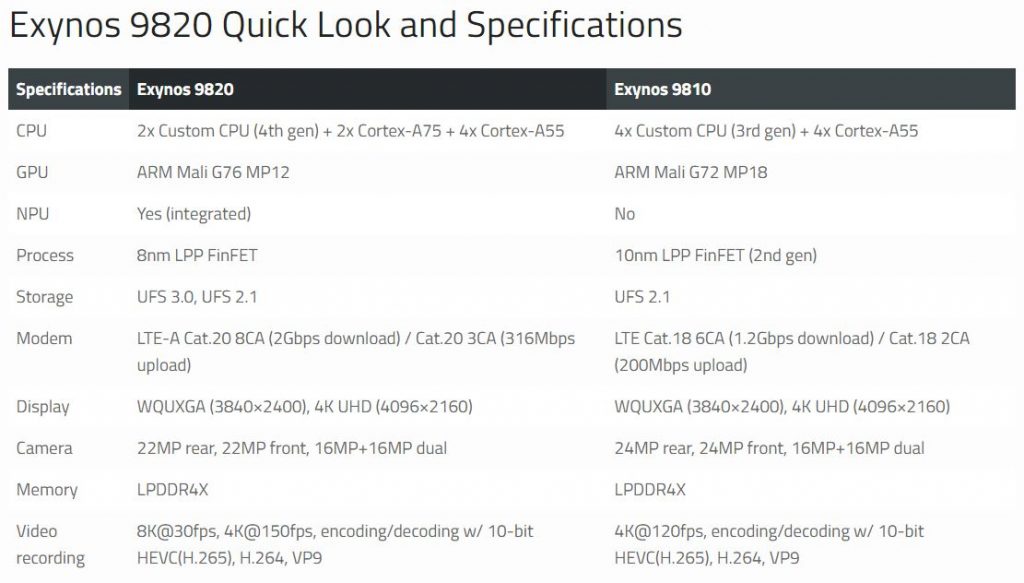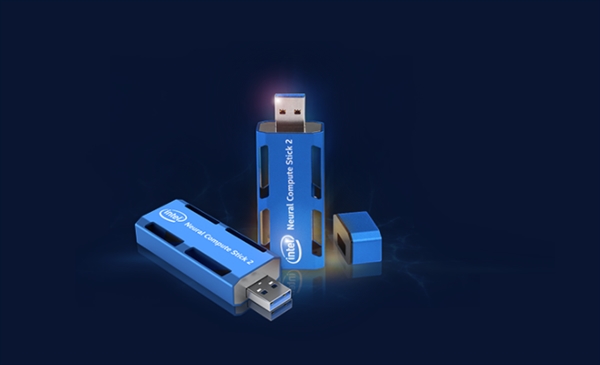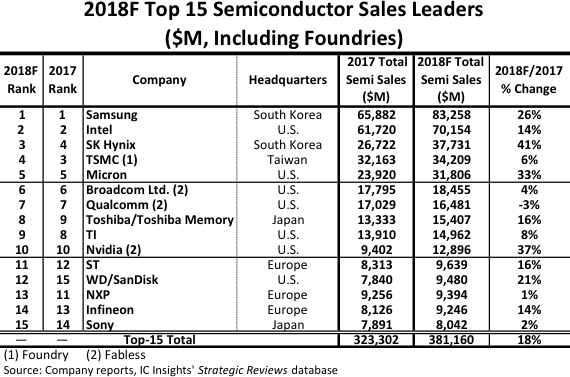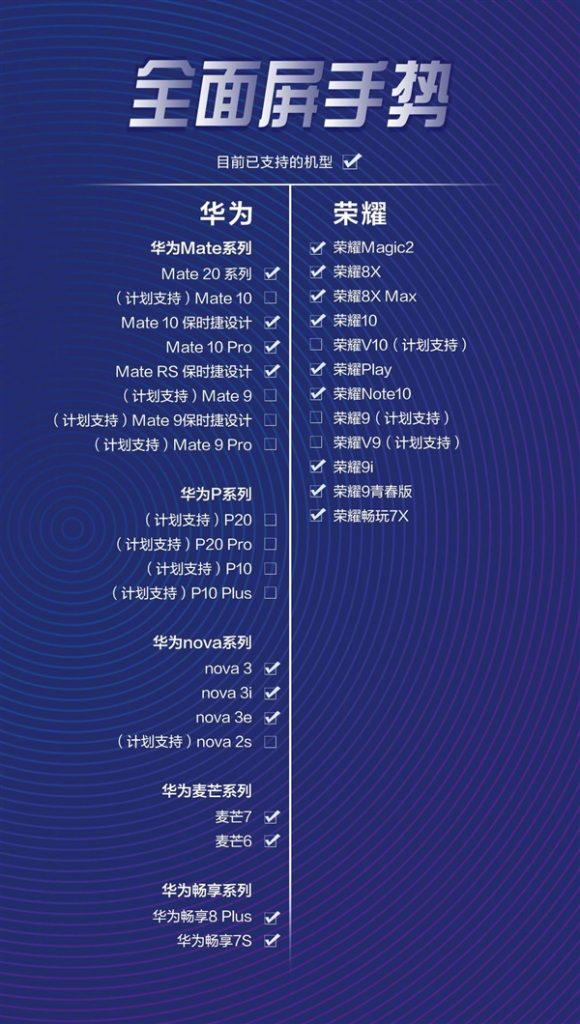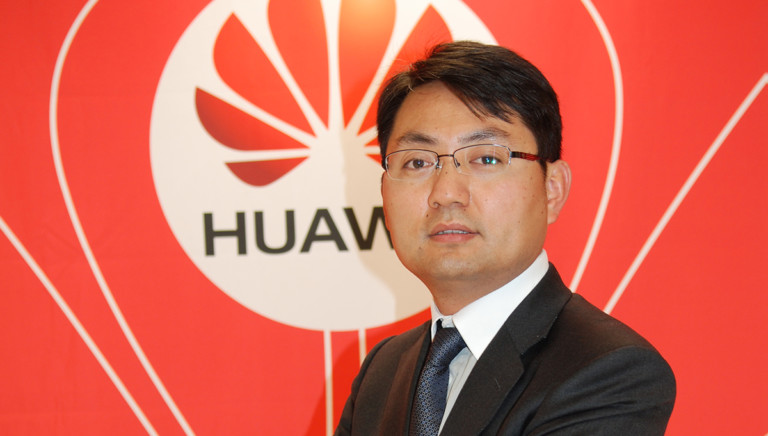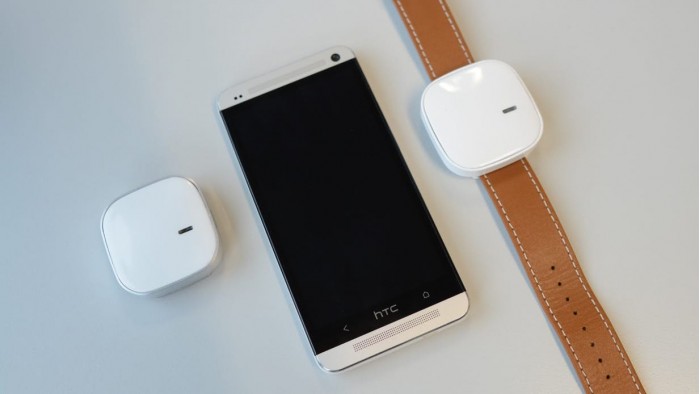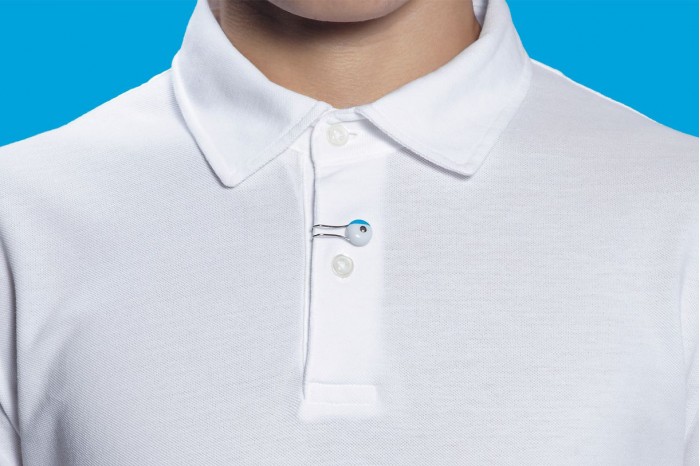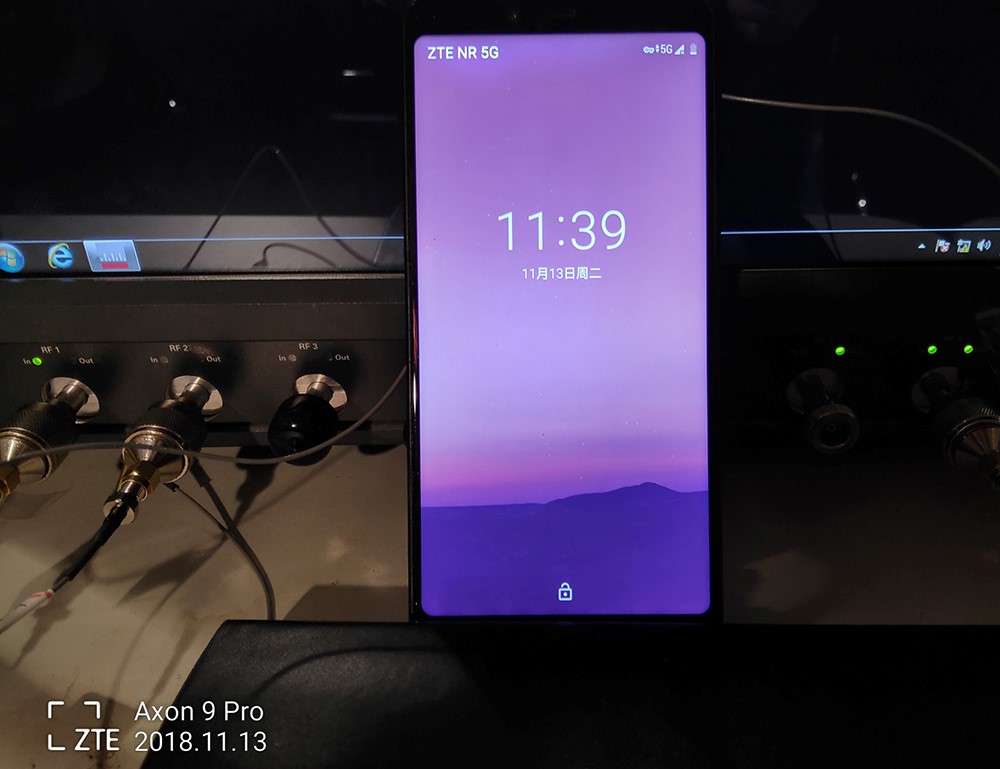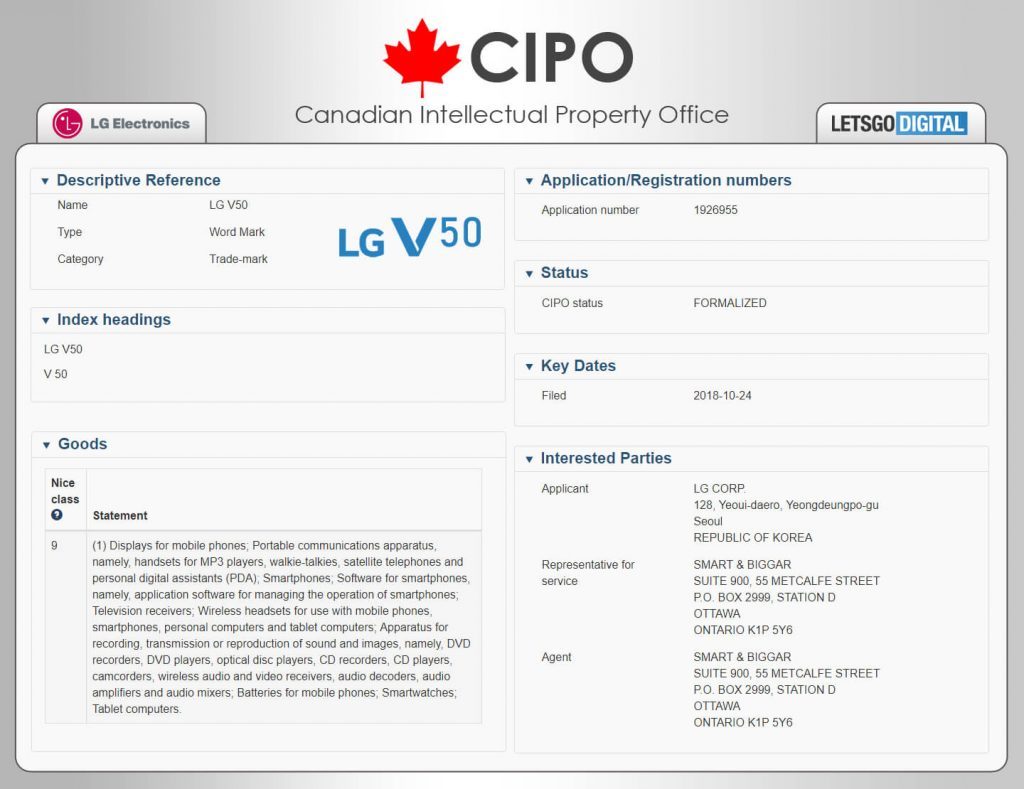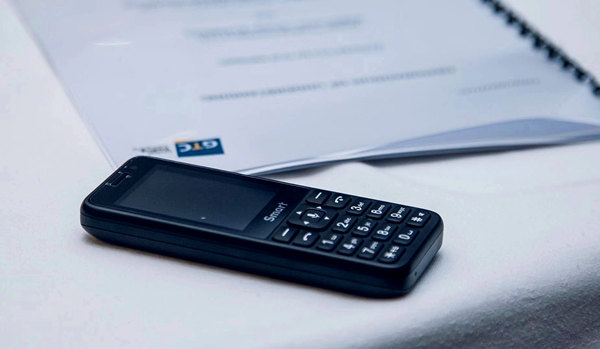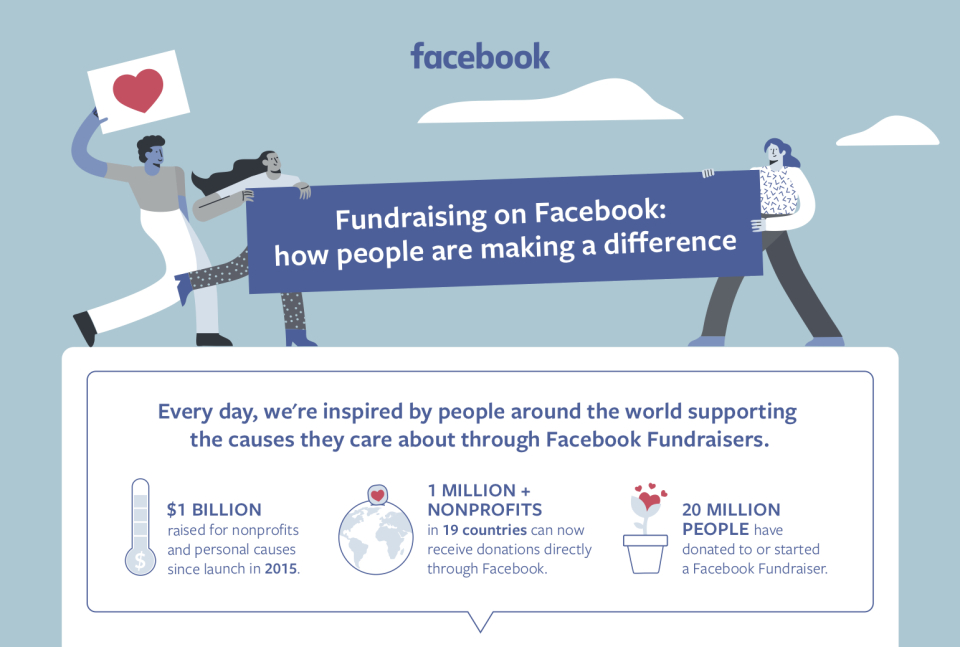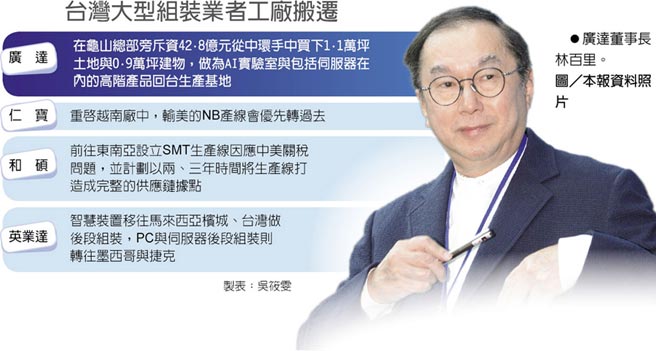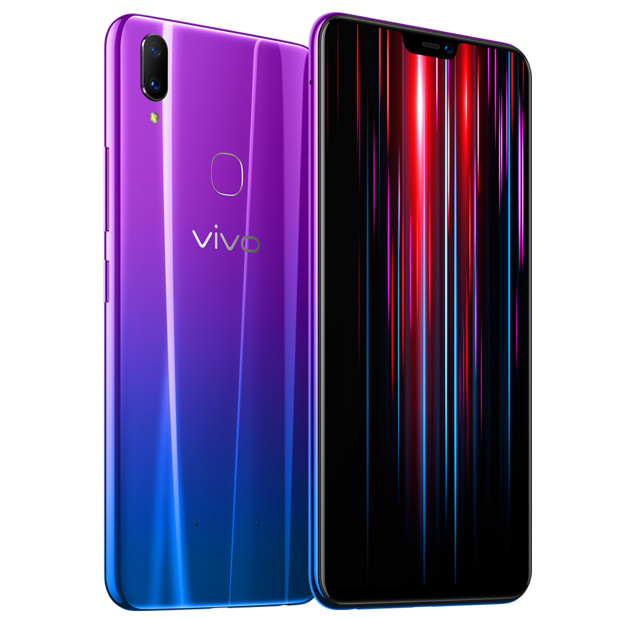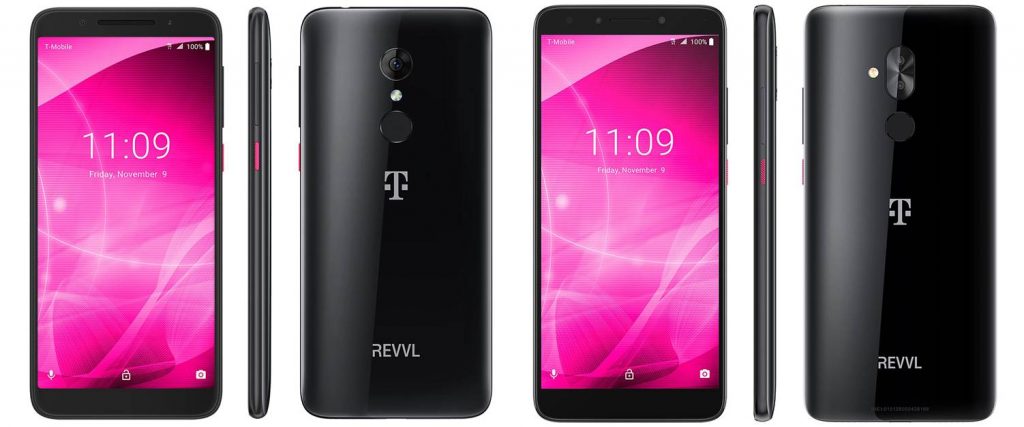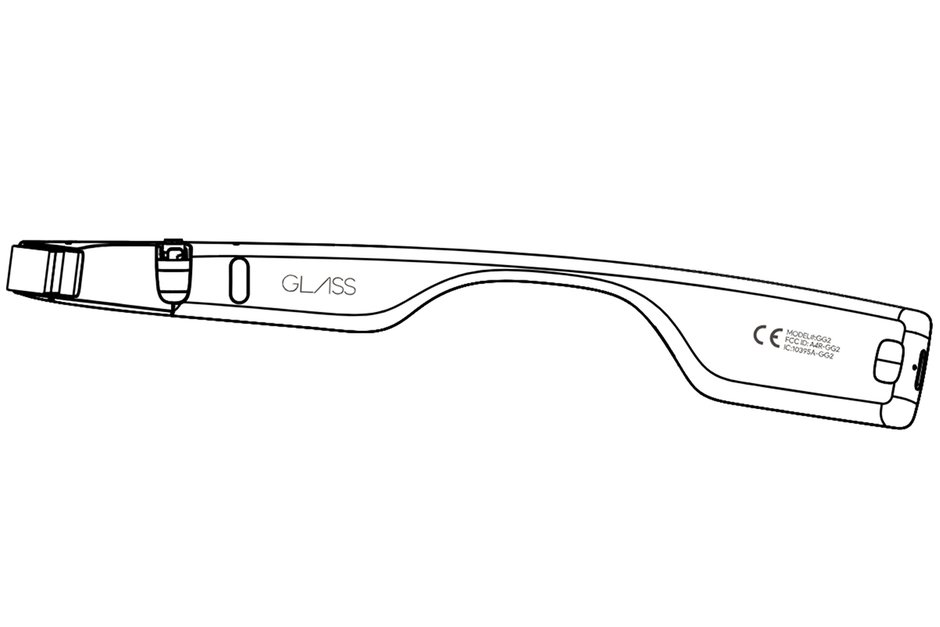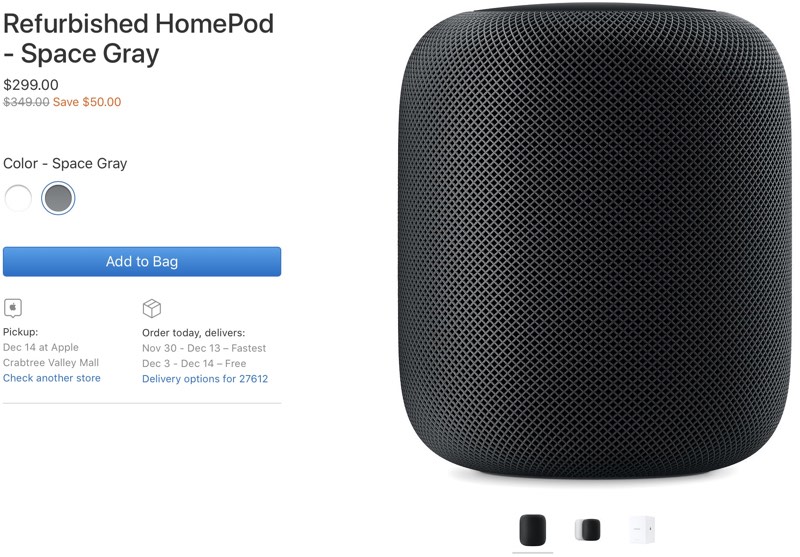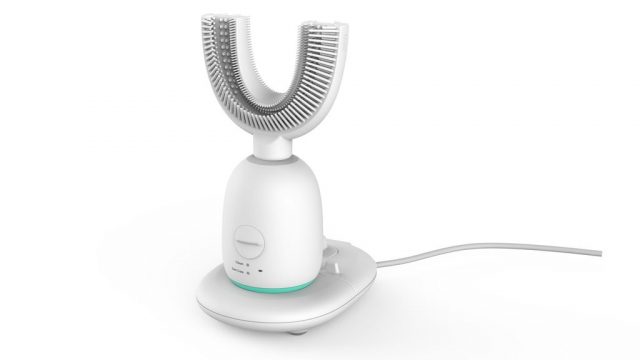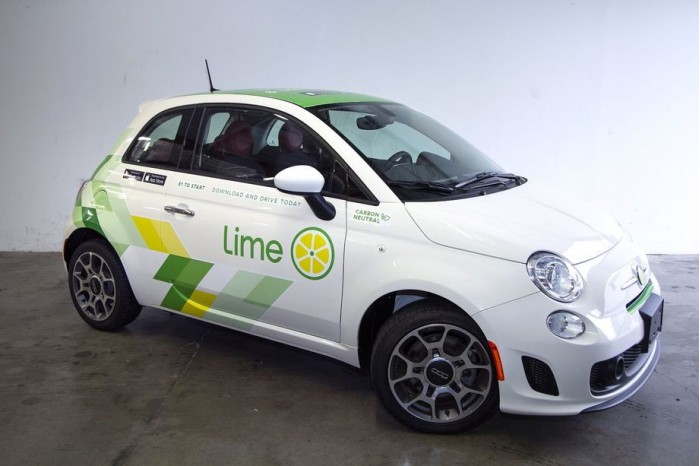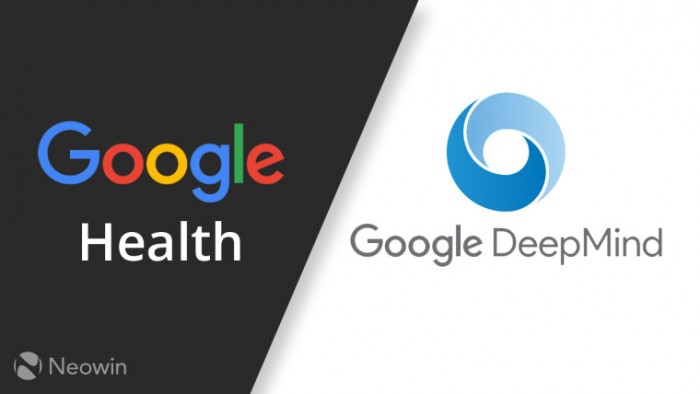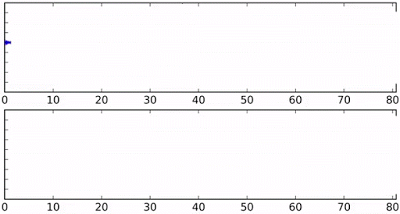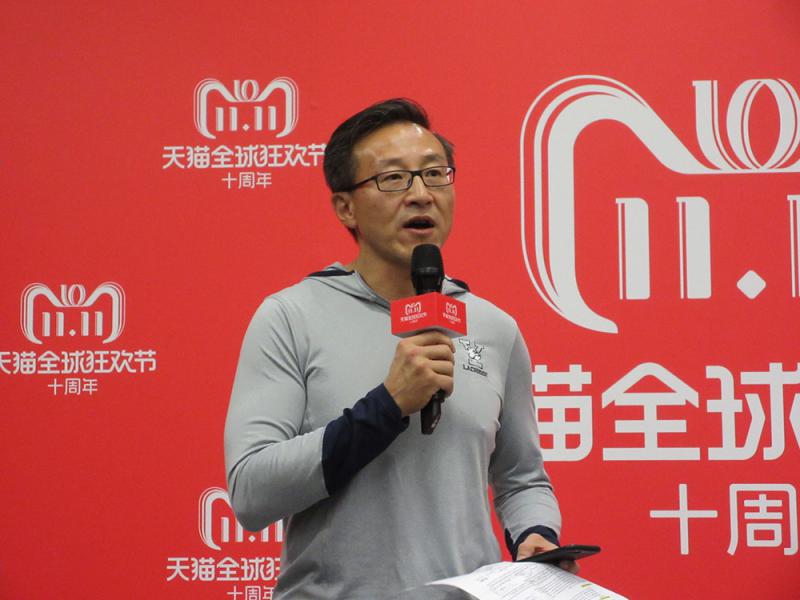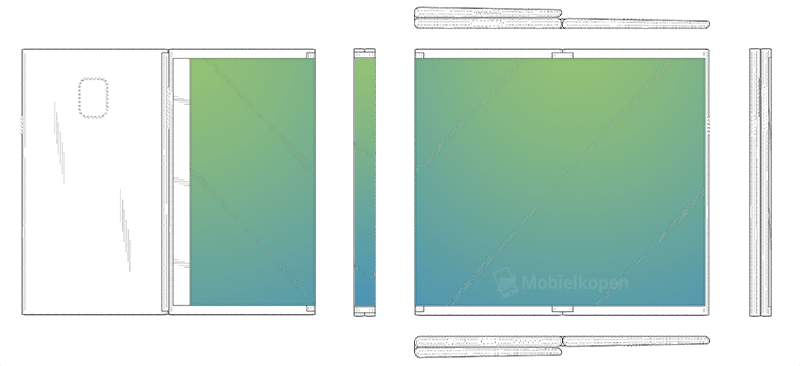
11-15: Huawei to launch quad-cam phone next year; AT&T indicates 5G phone might not come that soon; Huawei plans to launch AR glasses in 1-2 years; etc.
Chipsets
Samsung has announced new SoC Exynos 9820, which is manufactured using 8nm LPP FinFET process, which the company says consumes 10 percent less power compared to the 10nm process. The chip’s structure consists of two custom CPUs (4th gen) and two Cortex-A75 + four Cortex-A55 cores. (CN Beta, iFanr, XDA-Developers, SlashGear, Pocket Now, VentureBeat, Gizmo China)
Intel is rolling out the Neural Compute Stick (NCS) 2, the second iteration of its popular self-contained AI accelerator. Based on the Intel Movidius Myriad X vision processing unit (VPU) and supported by the Intel Distribution of OpenVINO toolkit, the Intel NCS 2 affordably speeds the development of deep neural networks inference applications while delivering a performance boost over the previous generation neural compute stick. (CN Beta, My Drivers, Intel, VentureBeat, CNET, Market Watch)
Asustek Computer has seen its shipments to the DIY sector and related motherboards affected by Intel’s supply strategy for CPUs, with the prospects that the CPU shortages, particularly those for desktop PCs, will continue into 2Q19, according to company CEO Jerry Shen. (Digitimes, press, UDN)
Taiwan Semiconductor Manufacturing Company (TSMC) has approved the appropriation of around USD3.36B for new fab facility construction, and advanced-node and specialty technology upgrades and related capacity expansions. The board also approved another appropriation of approximately USD17.32M for capitalized leased assets in 1H19. (CN Beta, Digitimes, press)
IC Insights has released its expected top-15 worldwide semiconductor (IC and O-S-D—optoelectronic, sensor, and discrete) sales ranking for 2018. The three largest memory suppliers—Samsung, SK Hynix, and Micron—are each forecast to register greater than 25% year-over-year growth in 2018. Intel was the number one ranked semiconductor supplier in 1Q17 but lost its lead spot to Samsung in 2Q17. It also fell from the top spot in the full-year 2017 ranking, a position it had held since 1993. (IC Insights, press, EXP Review)
Touch Display
Samsung’s new patent indicates the company is developing a foldable tablet. The device envisioned sports a huge display and a design that utilizes two hinges instead of just one, thus dividing the front panel into three sections. (Phone Arena, Mobielkopen, USPTO, GizChina)
Samsung’s new patent indicates the company is researching new methods for building high-quality holographic display panels that will drastically reduce the amount of processing power required and output to two ‘viewing zones’ simultaneously. (Android Headlines, Tom’s Guide)
Huawei has officially announced its 34 models of smartphone that support full display gesture, including 10 Mate models, 4 P models, 4 nova models, 2 Maimang models, 2 Enjoy models and 12 Honor models. (My Drivers, Sohu)
Camera
Huawei’s head of consumer business group business in Europe Walter Ji reveals that the company is launching smartphone with quad cameras in 2019. He also reveals the company is working on smartphone with ten-fold optical zoom. He has also dismissed the idea of Huawei releasing budget devices, which seems will stay with Huawe’s sub-brand Honor. (CN Beta, ESM China, Android Pit, Android Authority)
IP surveillance camera maker Vivotek has set up an AI technology R&D center to develop neural network engines for use in 360º fish-eye multi-lens cameras for detecting, recognizing and tracking persons and vehicles, according to company chairman Owen Chen. (Digitimes, press)
Memory
Taiwan-based pure-play foundry United Microelectronics (UMC) has claimed its DRAM technology design is entirely different from Micron Technology’s. UMC has also pointed out that Micron’s 25nm DRAM technology was purchased from Rexchip Electronics which the US firm acquired in 2013. (Digitimes, press, CN Beta)
DRAM and NAND flash memory prices will continue their downward trend for at least another year, according to Peter Shu, chairman for memory module firm Transcend Information. The chip prices have started falling fast since 4Q18. Both DRAM and NAND flash sectors have encountered oversupply, said Shu, adding that the memory prices still have room to fall further in the coming year or longer. (UDN, China Times, Apple Daily, Digitimes, press)
China’s Yangtze Memory Technology (YMTC) has reportedly started delivering samples of its 64-layer 3D NAND chip with volume production likely to kick off in 3Q19. The company also plans to move directly to the 128-layer generation with volume production scheduled for 2020. YMTC has no plans to provide 96-layer 3D NAND chips. (Digitimes, press, DoIT, 52RD)
Sensory
Germany’s Karlsruhe Institute of Technology (KIT) is developing new sensor technology that looks at movement and the environment, making it possible to assess the risk of falling and recommending appropriate measures for preventing falls. The sensors are currently being developed together with Bosch Healthcare Solutions and could be introduced to the market in the next few years. (CN Beta, New Atlas, Huanqiu, KIT)
L’Oréal has announced that La Roche-Posay My Skin Track UV—the first battery-free wearable electronic to measure UV exposure. With a precise sensor that measures individual UV levels and an app that tracks your exposure to pollution, pollen, and humidity, the launch of My Skin Track UV allows users to make more informed choices when it comes to their skin. (CN Beta, PR Newswire, Allure, Wired)
Connectivity
AT&T CFO John Stephens indicates that the company is upbeat on long-term revenue prospects for 5G services but expects it to take years before 5G-enabled devices predominate. AT&T has developed some use cases for the next-generation mobile technology, such as connected factories, but does not expect 5G-enabled handsets to hit the market until late 2019 or 2020. (CN Beta, Reuters, 9to5Mac, Mobile World Live)
ZTE has announced that it has completed a 5G call, internet and WeChat connections on a commercial 5G device. The company expects to launch its first commercial 5G smartphone in the 1H19. It previously said it would unveil 5G smartphone and experimental 5G CPE by the end of 2018. (My Drivers, Huanqiu, Sina, Sohu, Telecom Paper)
Samsung executive Sungho Choi reveals that the next iteration of 5G should be finished and submitted to the International Telecommunication Union (ITU) by Dec 2019. 3GPP approved the 5G non-standalone (NSA) standard in Dec 2017, and the 5G standalone (SA) standard in Jan 2018, completing Release 15. (Android Headlines, ZDNet, CNMO, Qianjia)
BMW, Vodafone and Ericsson to persuade the European Commission to open the way for the use of 5G technology in cars. ITS-G5 supporters include Volkswagen , Renault, NXP, Autotalks and Kapsch TrafficCom. BMW, Vodafone, Ericsson back the alternative 5G standard called C-V2X, putting them in the same group as Daimler, Ford, PSA Group, Deutsche Telekom, Huawei , Intel, Qualcomm and Samsung. (CN Beta, Sina, News Wire, Channel News Asia)
Phone
NetEase Cloud Music, operated by games and publishing giant NetEase, just closed a USD600M injection from a bevy of investors that include Baidu and General Atlantic. (TechCrunch, NetEase, Sina, Sohu)
LG has filed for 5 different LG V-series trademarks for models including the LG V50, V60, V70, V80, and V90. The reason behind a potential merger of the G and V-series is apparently because LG executives have been disappointed by the sales of its G-series, and the V-series is said to evoke more positive reactions. (My Drivers, CN Beta, TechRadar, LetsGoDigital, Pocket Now, Ubergizmo)
MTN has announced a partnership with China Mobile, chipmaker Unisoc, and software developer KaiOS to launch a 3G “smart feature phone” for Africa. It features 2.4” display, powered by Unisoc SC7731 and KaiOS operating system, and 2000mAh battery. (CN Beta, Telecom Paper, My Broadband)
Facebook has announced that it is expanding its nonprofit fundraising tool to Canada and Australia. Since it launched the tool that allows users to raise money for nonprofits and personal causes, over 20M users have raised over USD1B by starting or donating to a fundraiser. The company also said that over 1M nonprofits across 19 countries are now eligible to receive donations through the tool. (Engadget, Facebook)
Quanta Computer has decided to relocate production of high-end products to Taiwan from Mainland China as part of its efforts to cushion possible impact from the US-China trade war, while also planning to set up an AI lab in Taiwan to develop related technologies and applications, according to company chairman Barry Lam. (Digitimes, press, Digitimes, China Times, UDN, CNA)
vivo Z1 Lite is announced – 6.26” 2280×1080 FHD+ IPS, Qualcomm Snapdragon 626, rear dual 16MP-2MP + front 16MP, 4+32GB, Android 8.1, rear fingerprint scanner, 3260mAh, CNY1,098. (GSM Arena, vivo, GizChina)
T-Mobile debuts REVVL 2 and REVVL 2 Plus: REVVL 2 – 5.5” 1440×720 HD+ IPS, MediaTek MT6739, rear 13MP + front 8MP, 2+32GB, Android 8.1, rear fingerprint scanner, face unlock, IP52 rated, 3000mAh. REVVL 2 Plus – 6.0” 1080×2160 FHD+ IPS, 2.5GHz octa-core, rear dual 12MP-2MP + front 8MP, 3+32GB, Android 8.1, rear fingerprint scanner, face unlock, IP52 rated, 4000mAh. (Neowin, GSM Arena, TMO)
Wearables
Withings has announced a new fitness tracker called the Pulse HR, which comes with a PPG heart rate sensor, connected GPS, and 20-day battery life. It is priced at USD130. (Android Authority, Withings, CN Beta)
Augmented / Virtual Reality
Huawei consumer business group CEO Richard Yu reveals that Huawei is working on augmented reality (AR) smart glasses which could debut in the next 1~2 years. The AR glasses in the works could take the experience to the next level. These would be wearable spectacles that allow people to experience AR. (CN Beta, CNBC, Phone Arena)
Google is allegedly about to release a Google Glass Enterprise Edition 2 in 2019. While the “second” generation of the original Google Glass will not come with the 4G support it will bring Wi-Fi and Bluetooth connectivity. (GizChina, CN Beta, Wearable, 9to5Google)
Home
According to Strategy Analytics, global smart speaker shipments grew an astonishing 197% year-over-year to reach a record 22.7M units in 3Q18 putting the market on track to surpass 100M units in use during 4Q18. Amazon remained the number one ranked vendor in 3Q18 with 32% share followed by Google at 23% share. China’s Baidu was the biggest mover in the quarter increasing its share from just 1% in 2Q18 to 8% in 3Q18. (GizChina, Strategy Analytics, press, 199IT)
Apple has added the HomePod to its online store for refurbished products in the United States. The HomePod, normally priced at USD349, is available in both white and space gray for USD299. (Ubergizmo, Mac Rumors, Apple, Sina, CN Beta)
An artificial intelligence (AI) powered smart toothbrush Babahu X1 is launched on the crowdfunding platform Indiegogo. It adopts the cutting edge AI technique for both kids and adults to brush their teeth efficiently, and correctly. (GizChina, Digital Journal, Indiegogo)
Automotive
Waymo, the subsidiary of Google’s parent company, Alphabet Inc., is planning to launch the world’s first commercial driverless car service in early Dec 2018. It will operate under a new brand and compete directly with Uber and Lyft. (Digital Trends, Bloomberg, 163, iFeng)
Lime is launching a car-sharing service in Seattle, starting with the placement of 50 vehicles on city streets. The company plans to add more cars weekly until it gets to 500 by the end of the year. By early 2019, Lime says it aims to have 1,500 cars in Seattle, which would make it the single largest free-floating car-sharing program in a U.S. city. (CN Beta, TechNode, Geek Wire, Bloomberg)
Ford is partnering with Walmart and Postmates to test out the business of delivering products like groceries and pet food by making use of self-driving cars. The pilot project is centered on Miami-Date Country. (Neowin, Medium, Sina, Tencent, TechWeb)
Artificial Intelligence
Alphabet’s DeepMind, the UK-based health and artificial intelligence company, is merging part of its business back into Google. DeepMind’s health subsidiary is moving under the newly-formed Google Health team. DeepMind’s health team built an app called Streams, which helps doctors and other clinicians spot signs of kidney failure and other ailments. (CN Beta, The Verge, DeepMind, CNBC)
Google’s open-sources AI can distinguish between voices with 92% accuracy. Google describes a new AI system that “makes use of supervised speaker labels in a more effective manner”. The core algorithms, which Google claims achieve an online diarization error rate (DER) low enough for real-time applications — 7.6% on the NIST SRE 2000 CALLHOME benchmark, compared to 8.8% DER from Google’s previous method — is available in open source on Github. (VentureBeat, Google, ARXIV, Github, Kepu365)
Microsoft has announced its intent to acquire Xoxco, an Austin-based software developer with a focus on bot design, making it the fourth AI-related company Microsoft has purchased in 2018. (TechCrunch, Microsoft, CN Beta)
E-Commerce
Alibaba Group is expanding both its domestic and international B2C online shopping businesses, aiming to serve 2B consumers globally and allow 10M vendors to make profits on its platforms by 2036, according to company executive vice chairman Joseph Tsai. (Digitimes, press, Sina, Takungpao, 36Kr)
Fintech
According to Patrick De Potter, CEO of EVAIO Blockchain, EVAIO has contacted Faraday Future to invest USD900M over 3 years via indirect STO and now is connected with FF’s financial partner Stifel to start discussion of the detailed plan. (CN Beta, Access Wire, TechNode)
